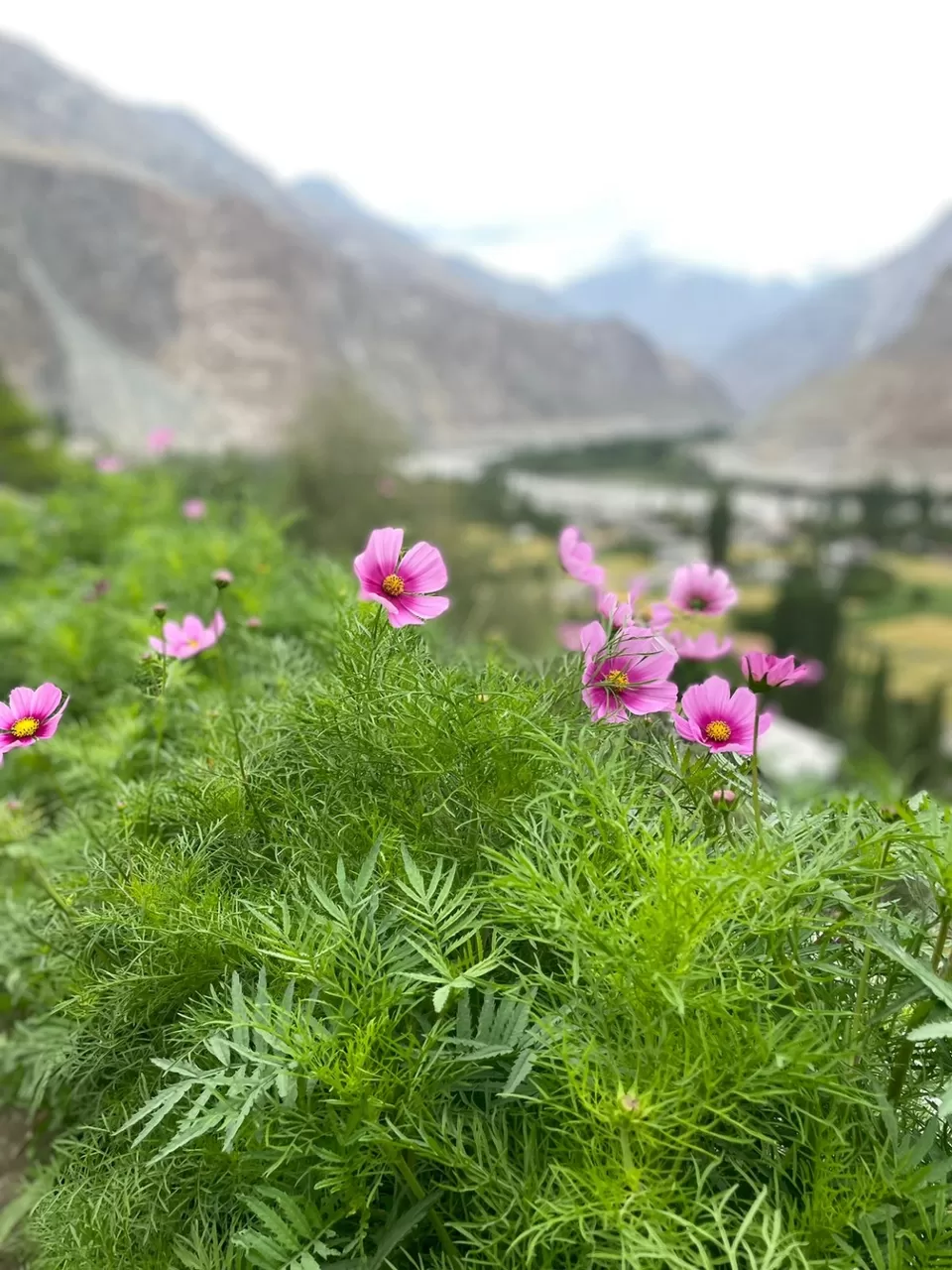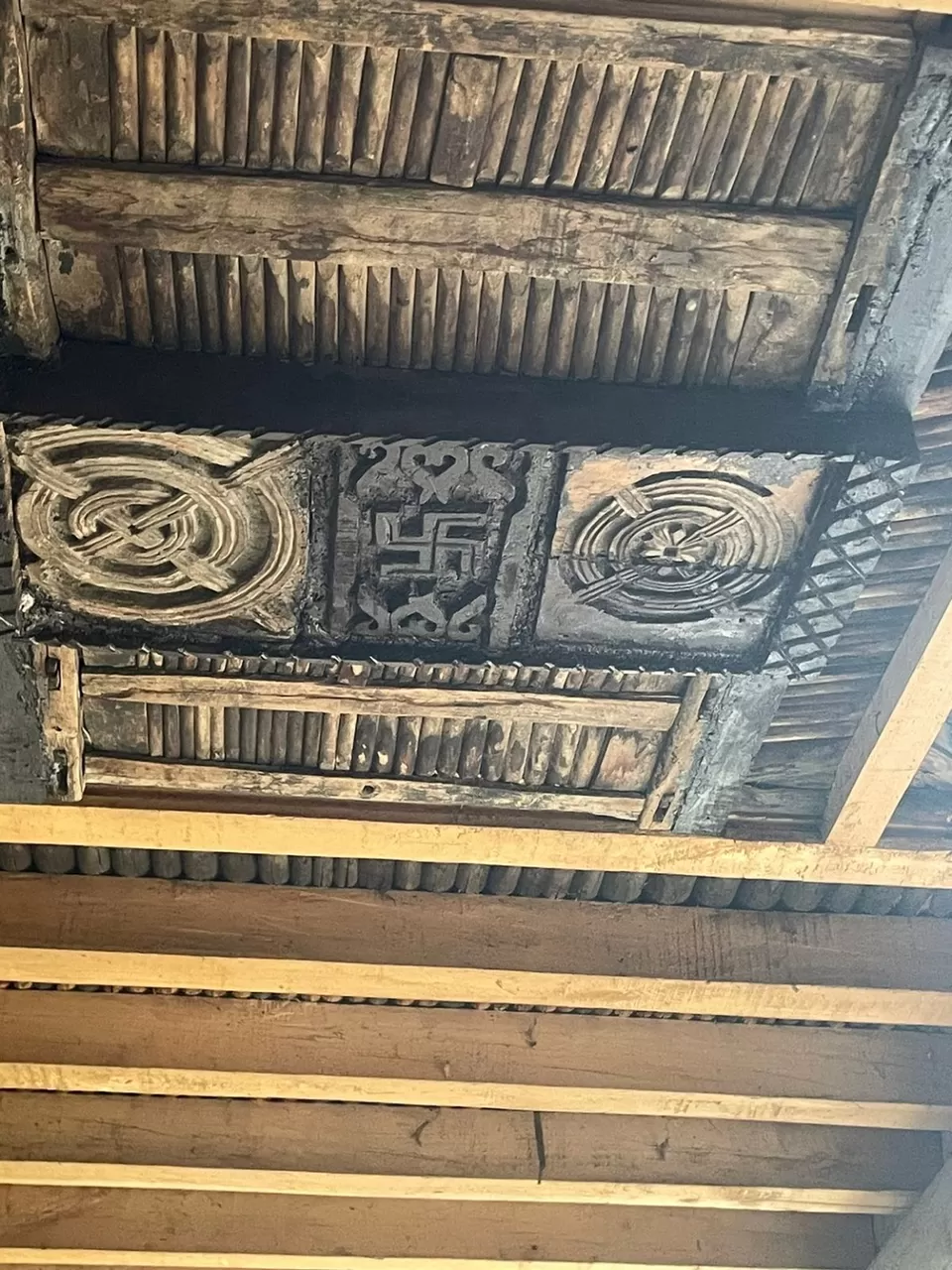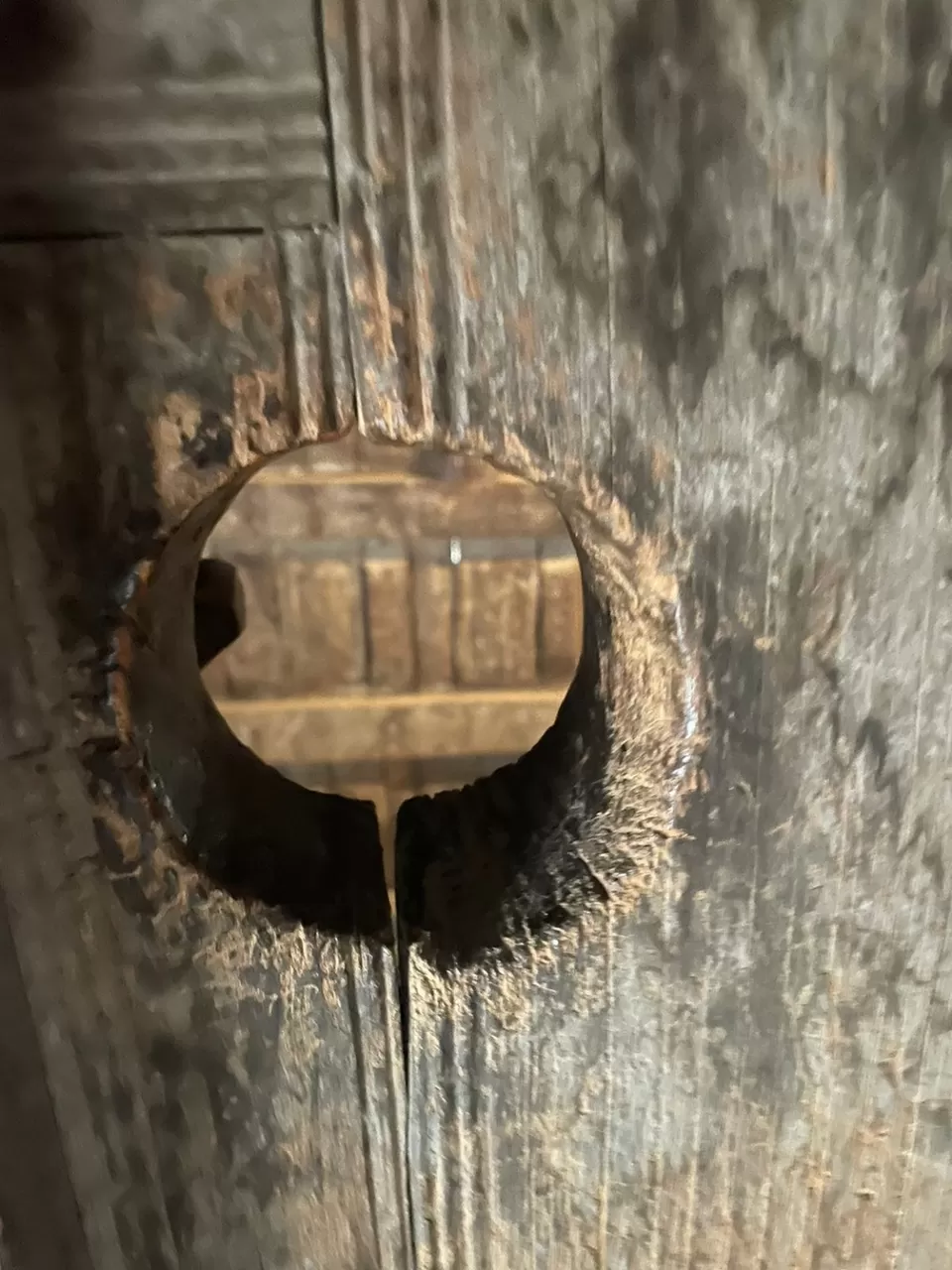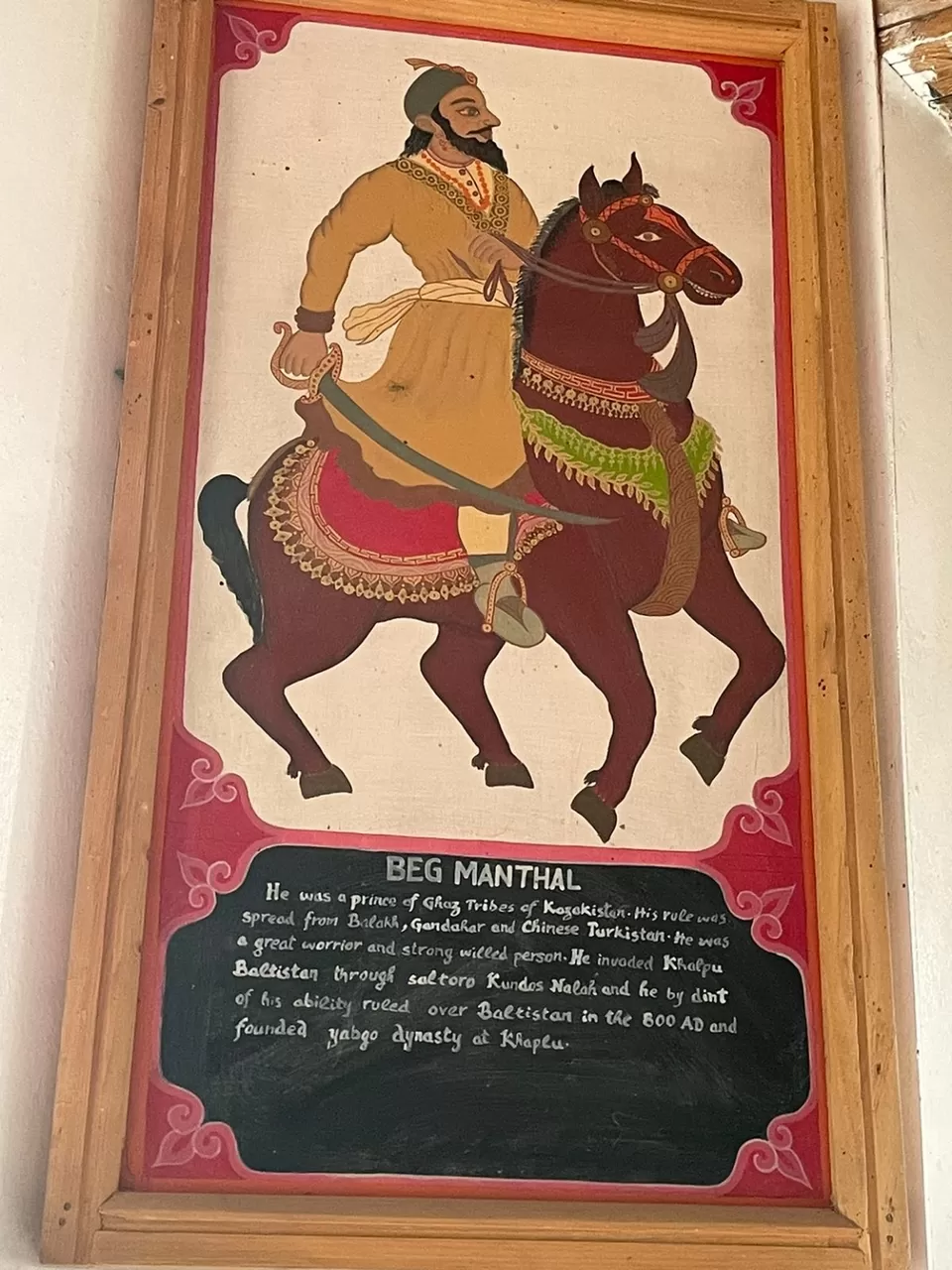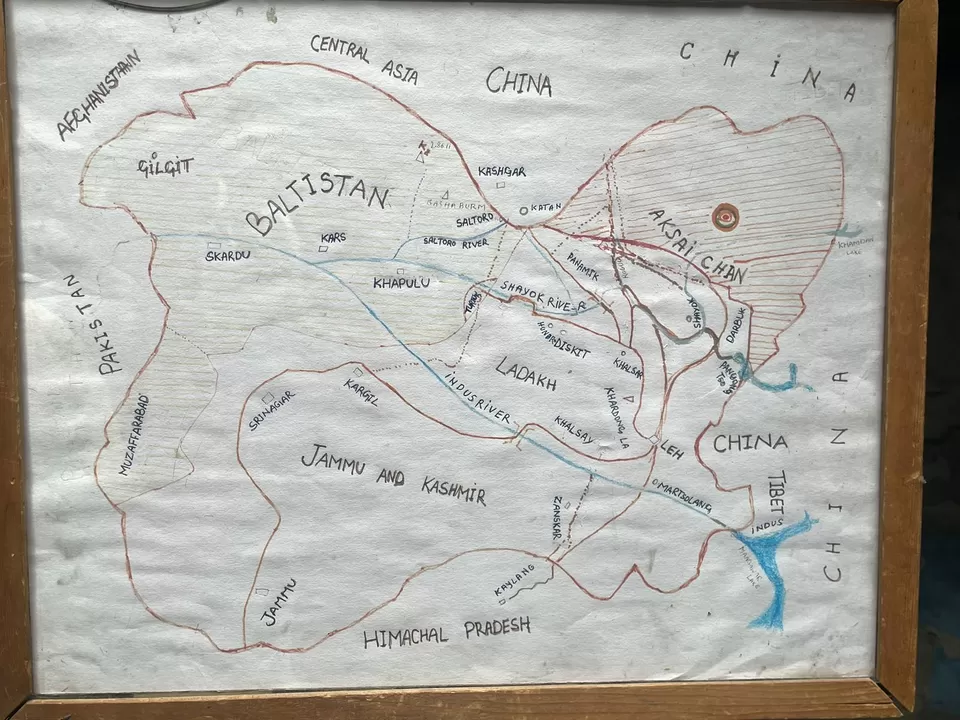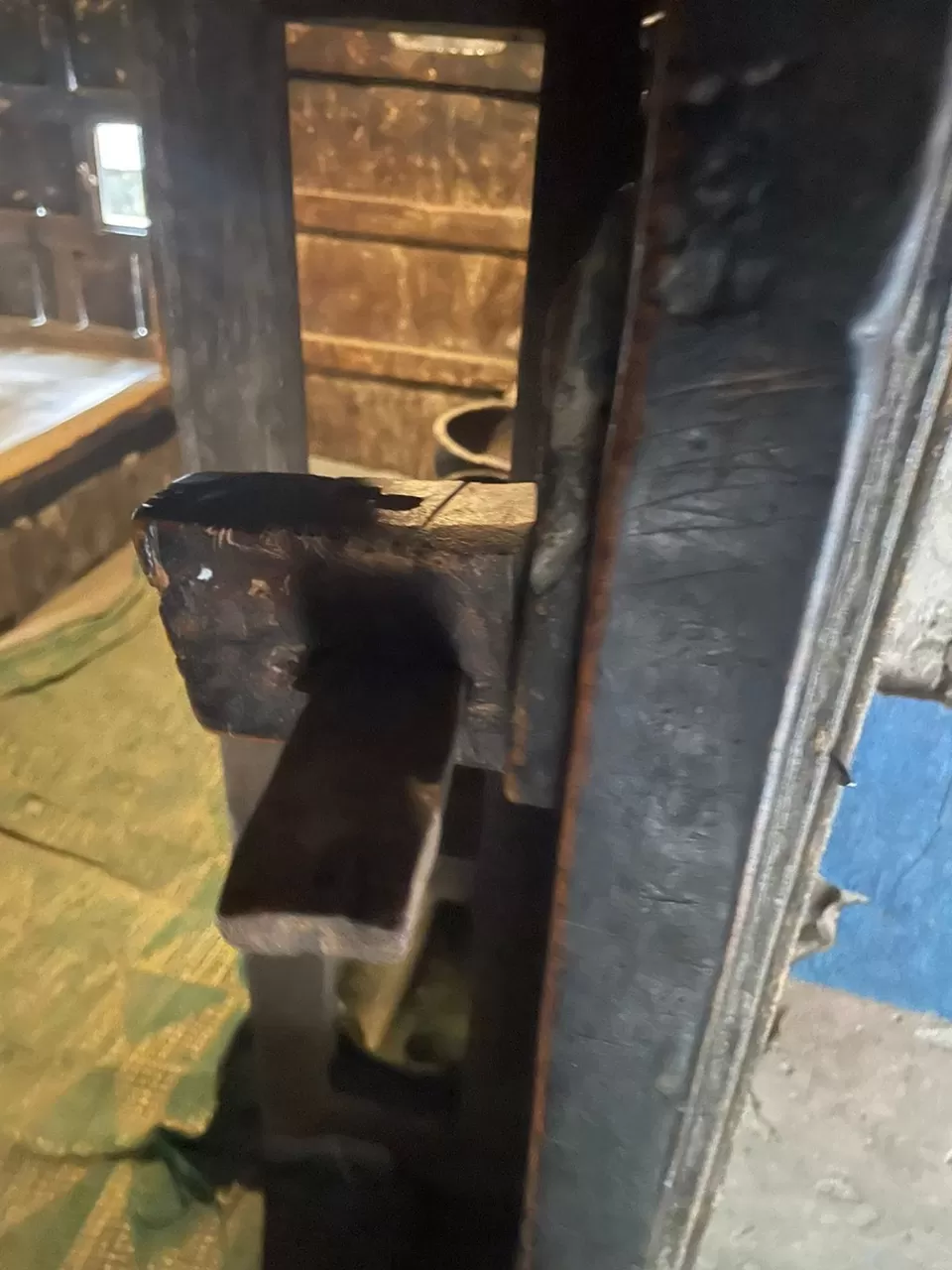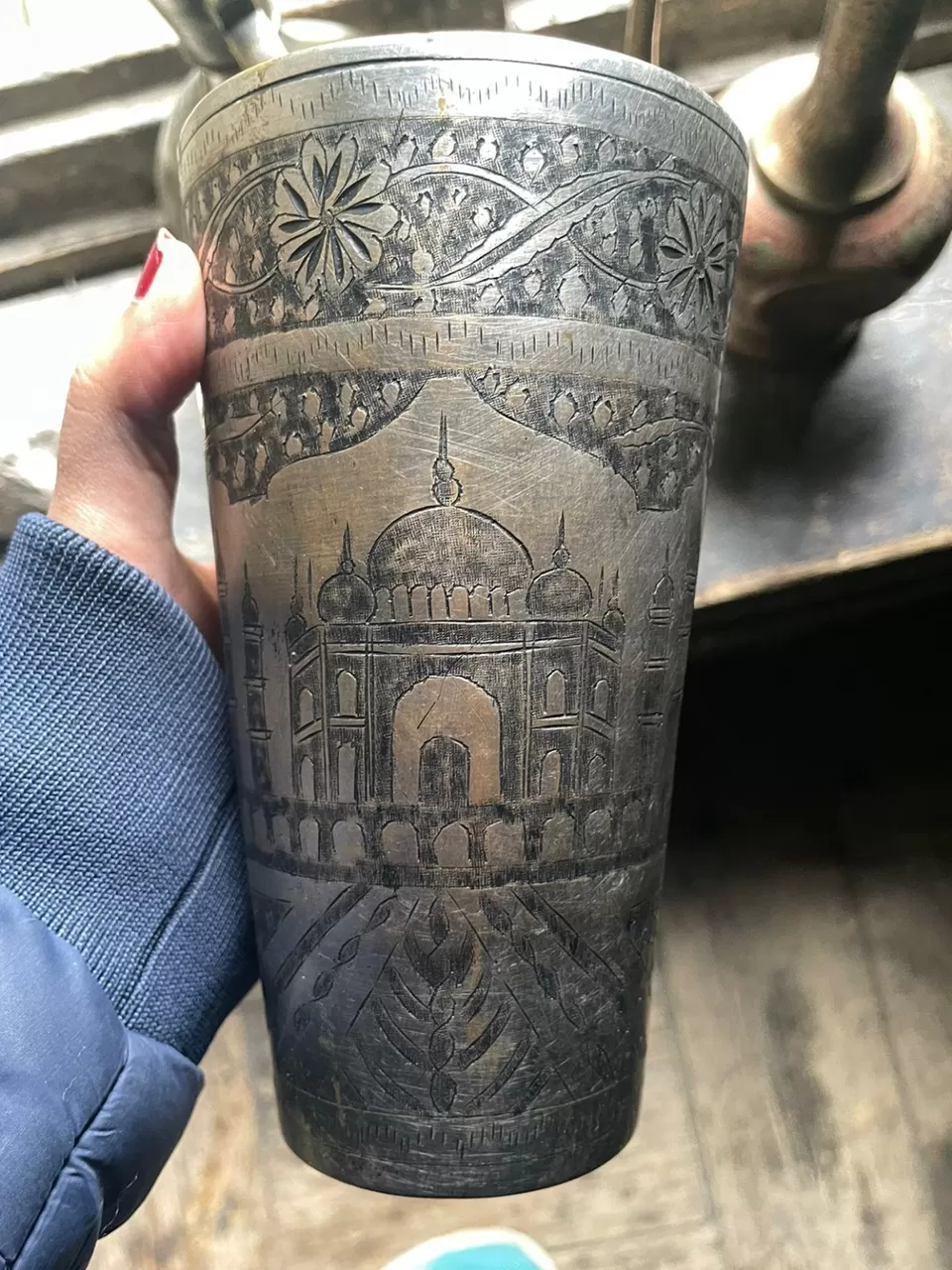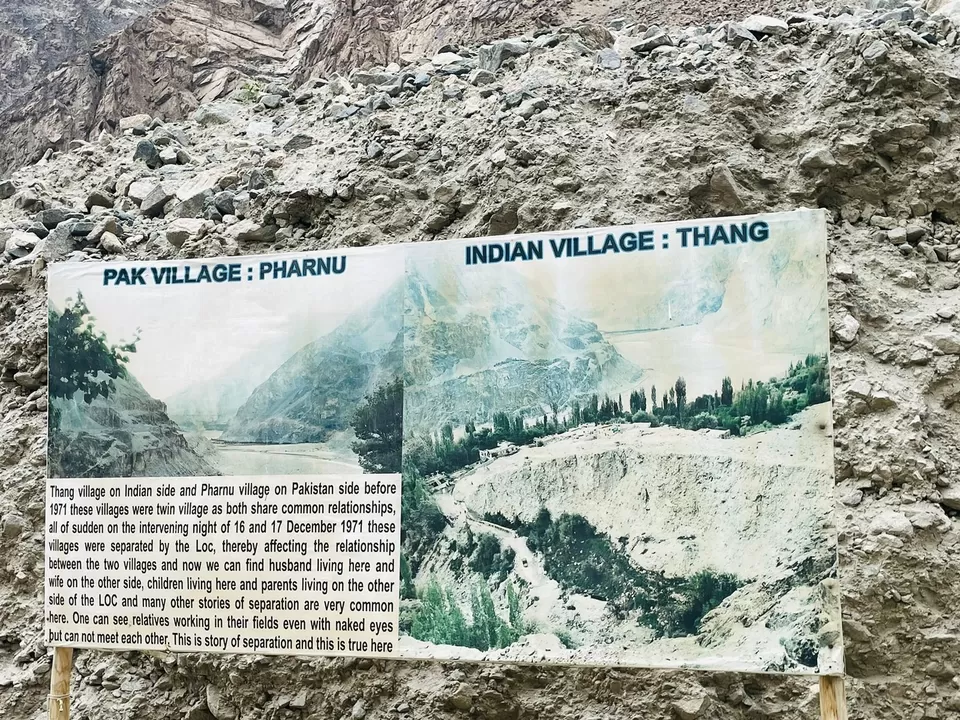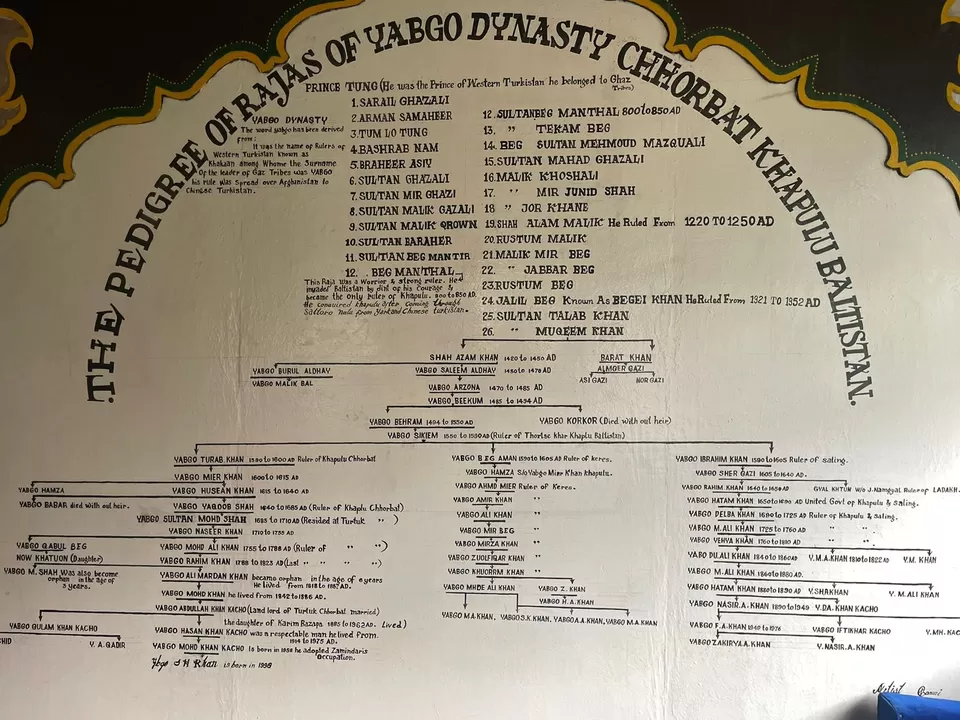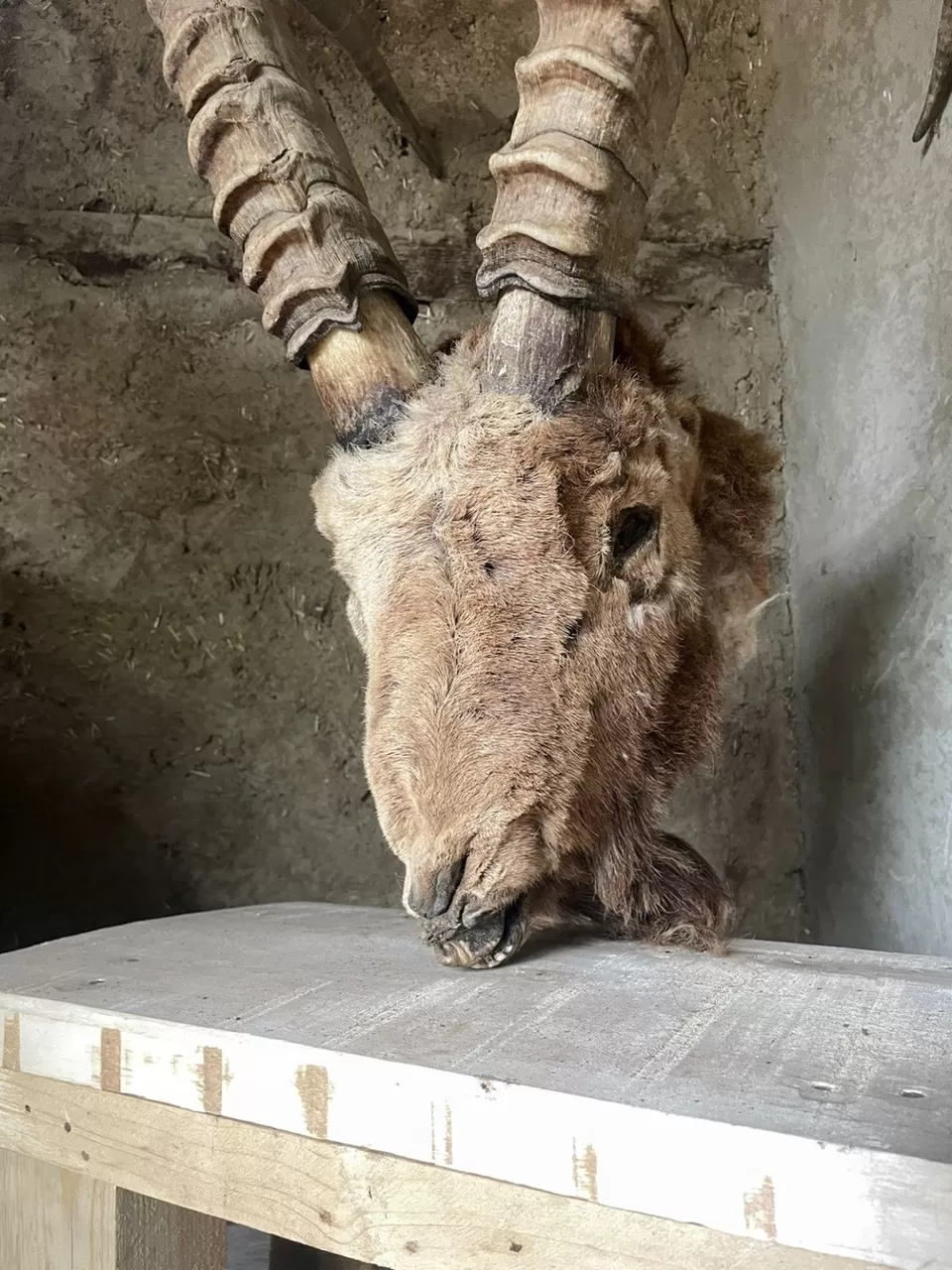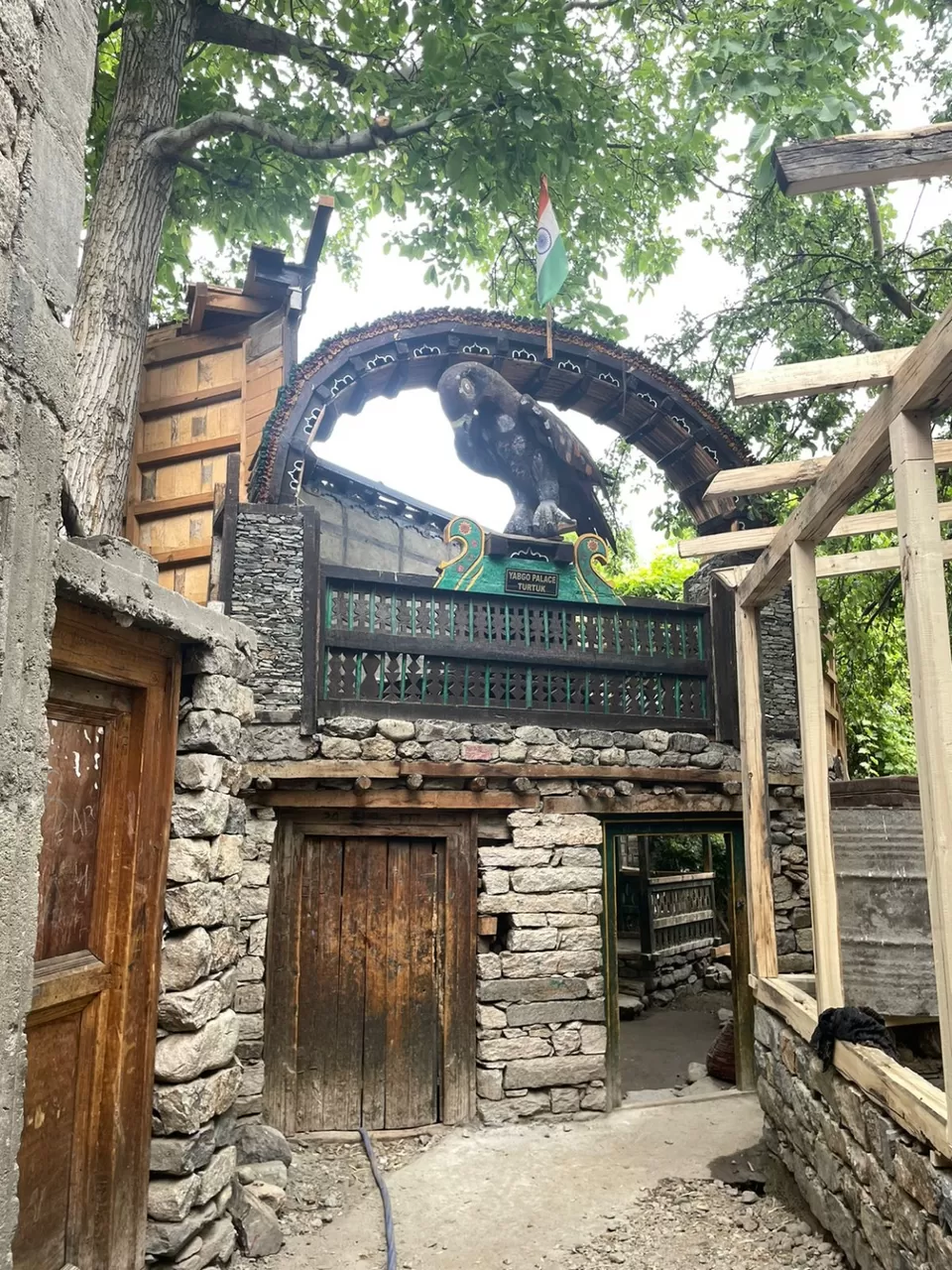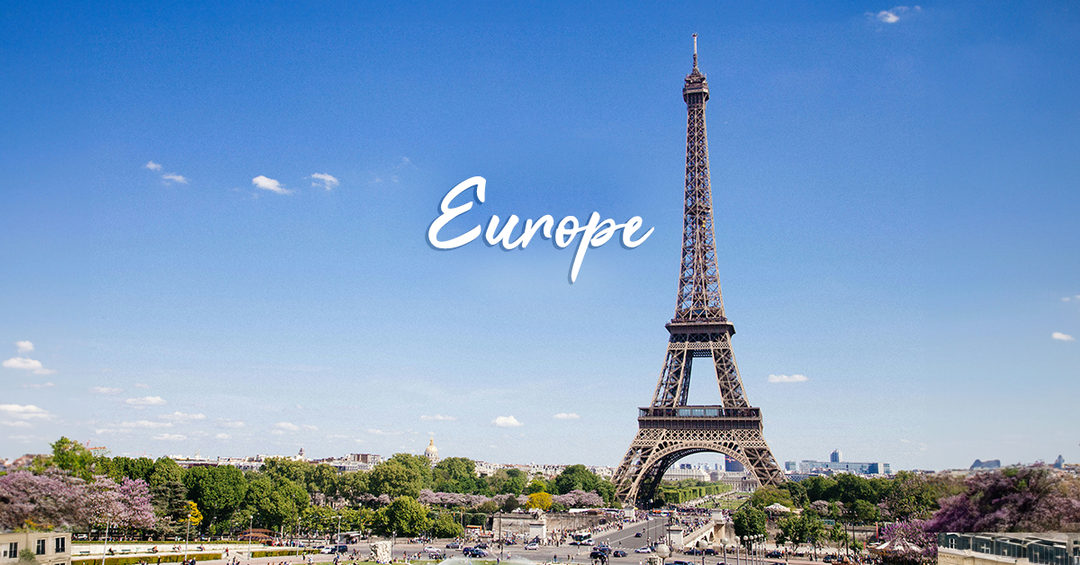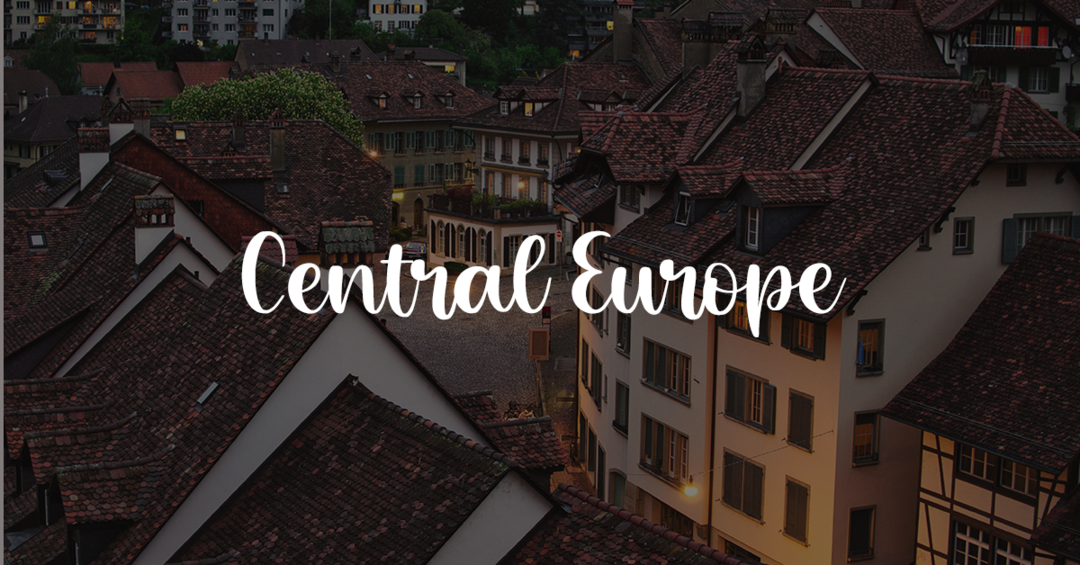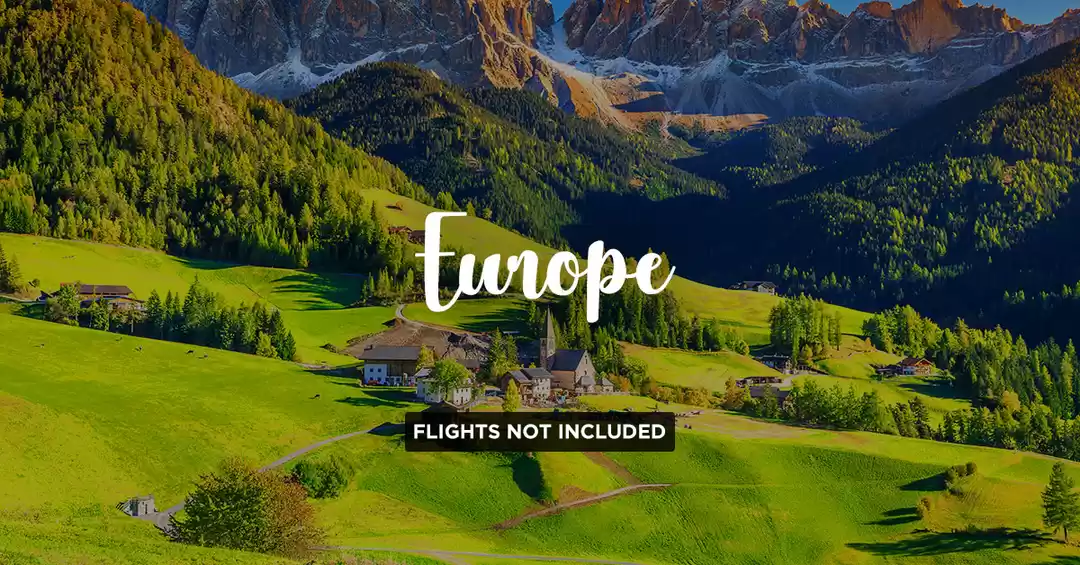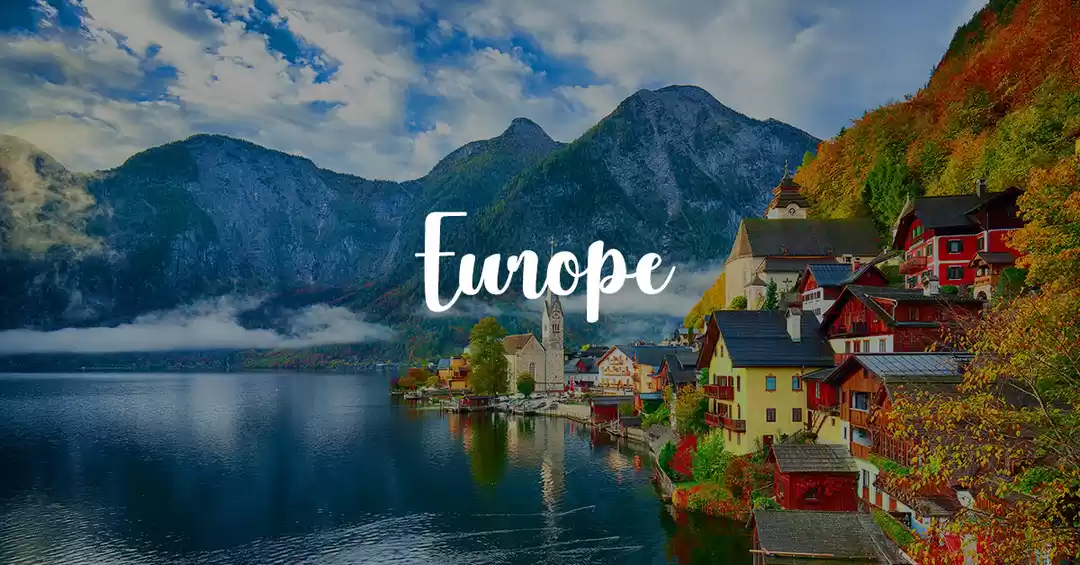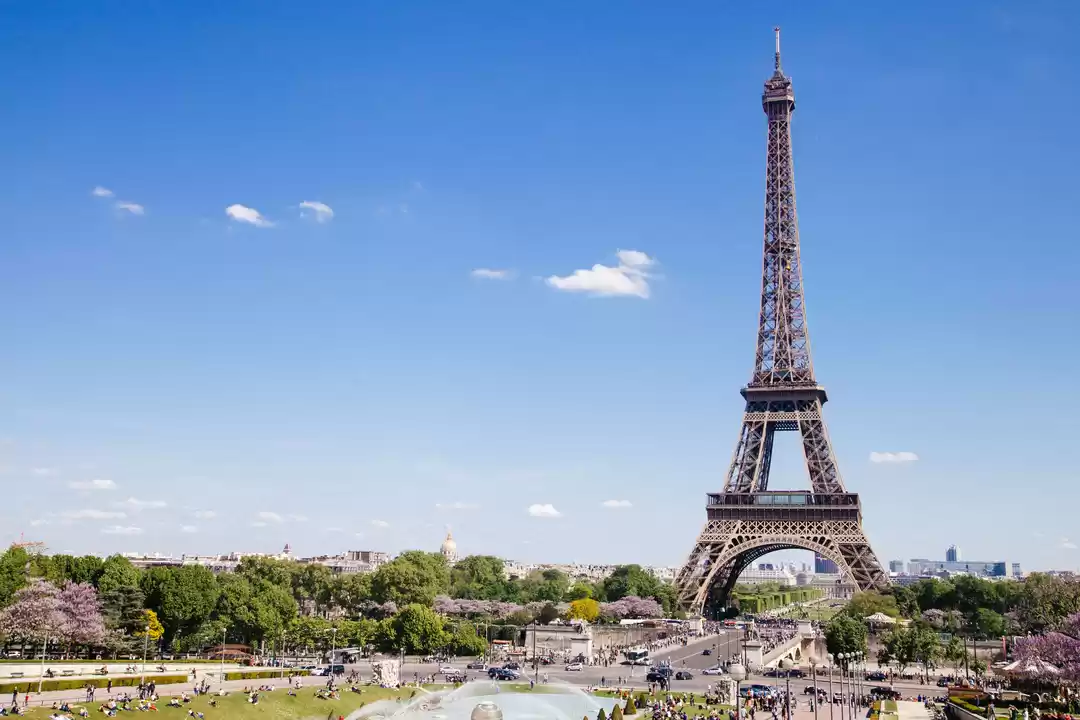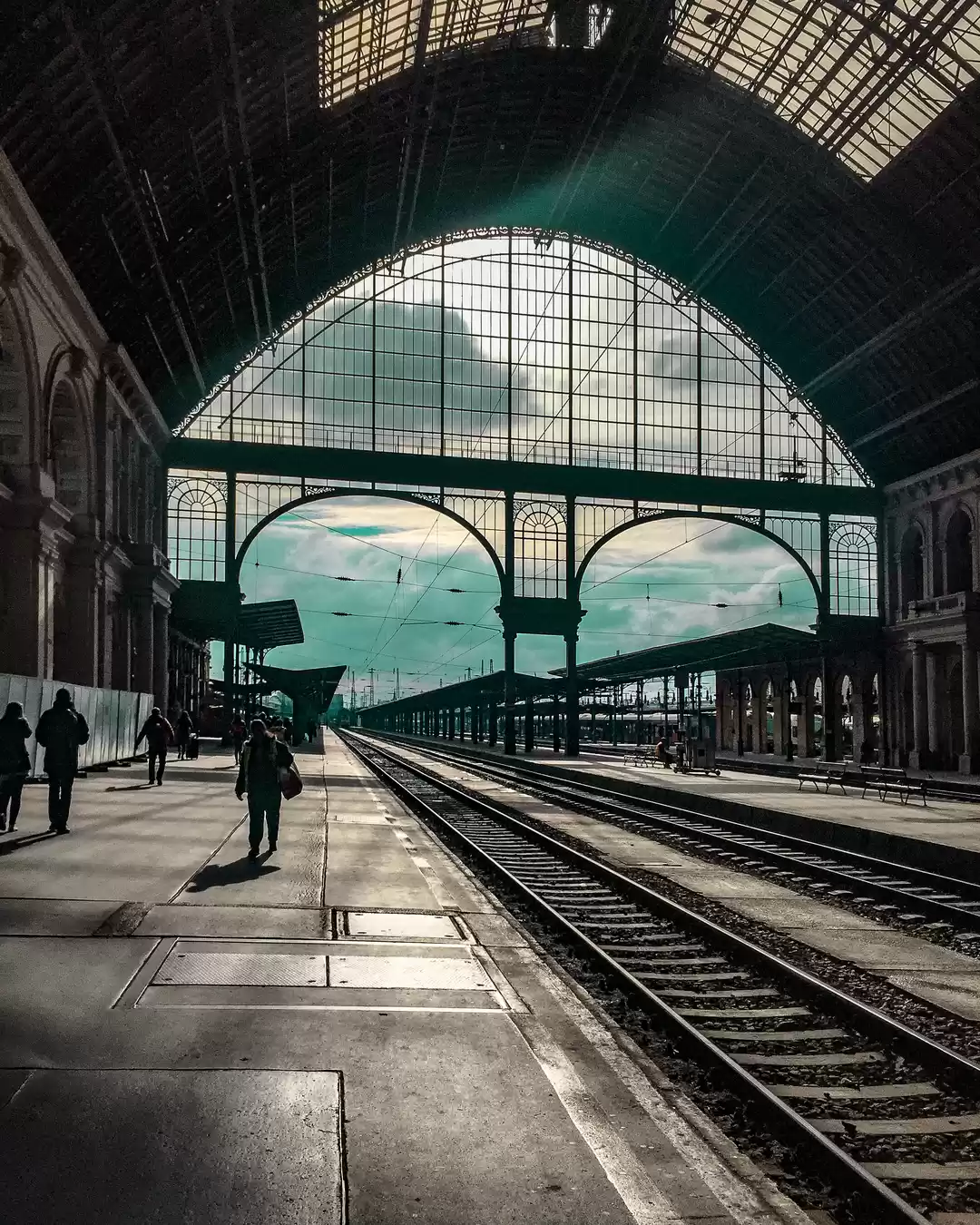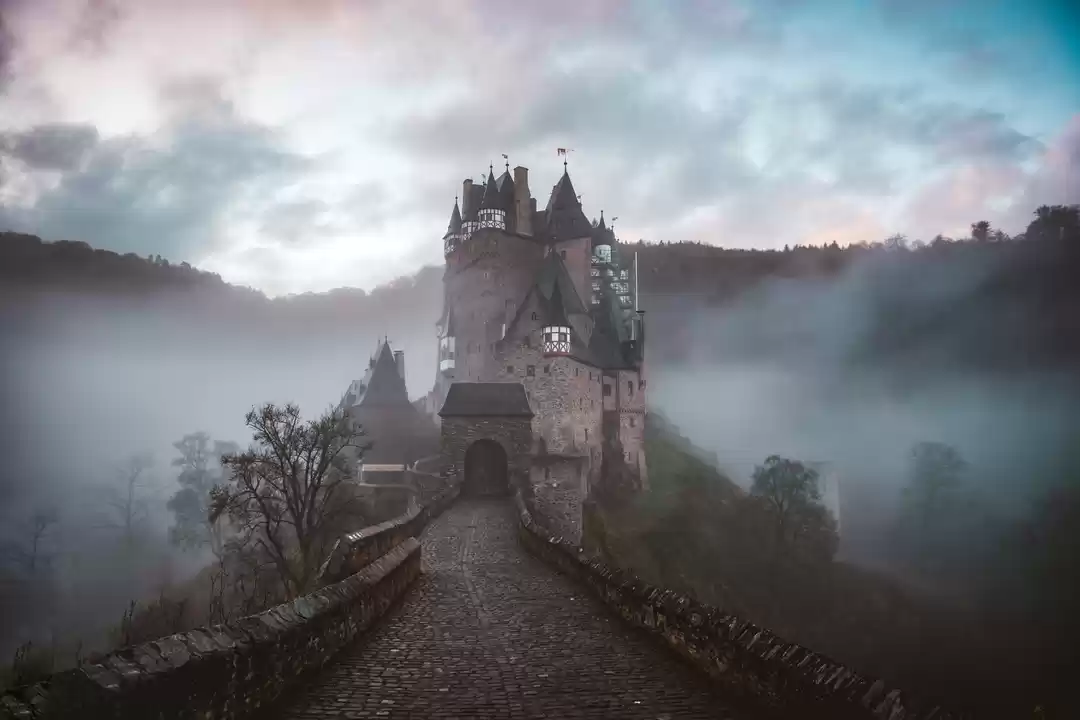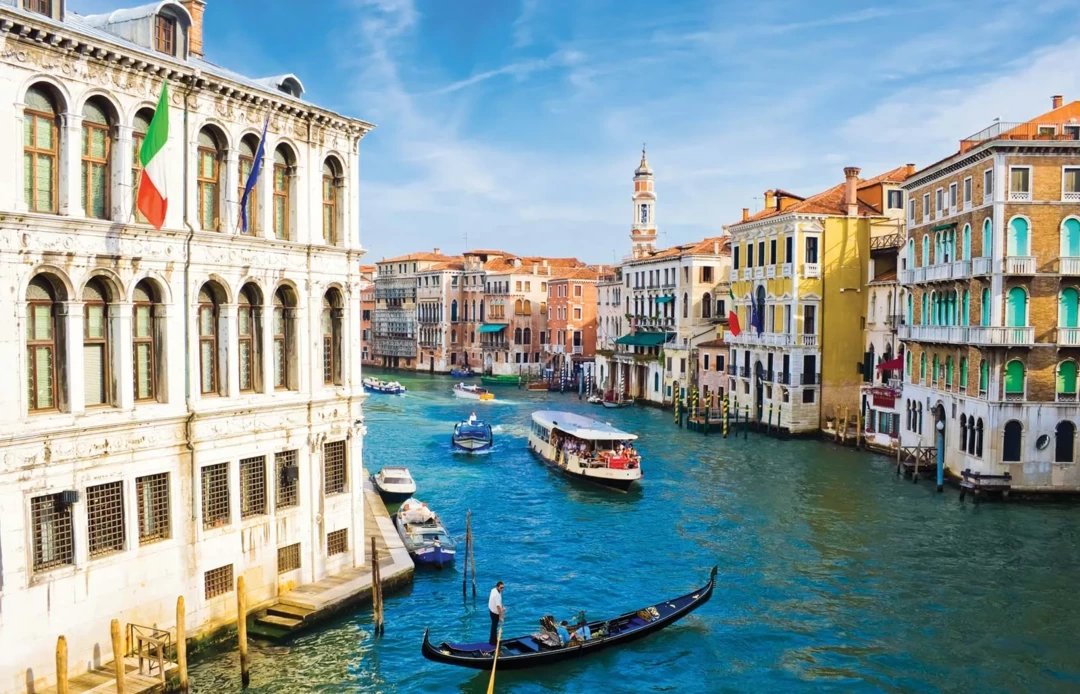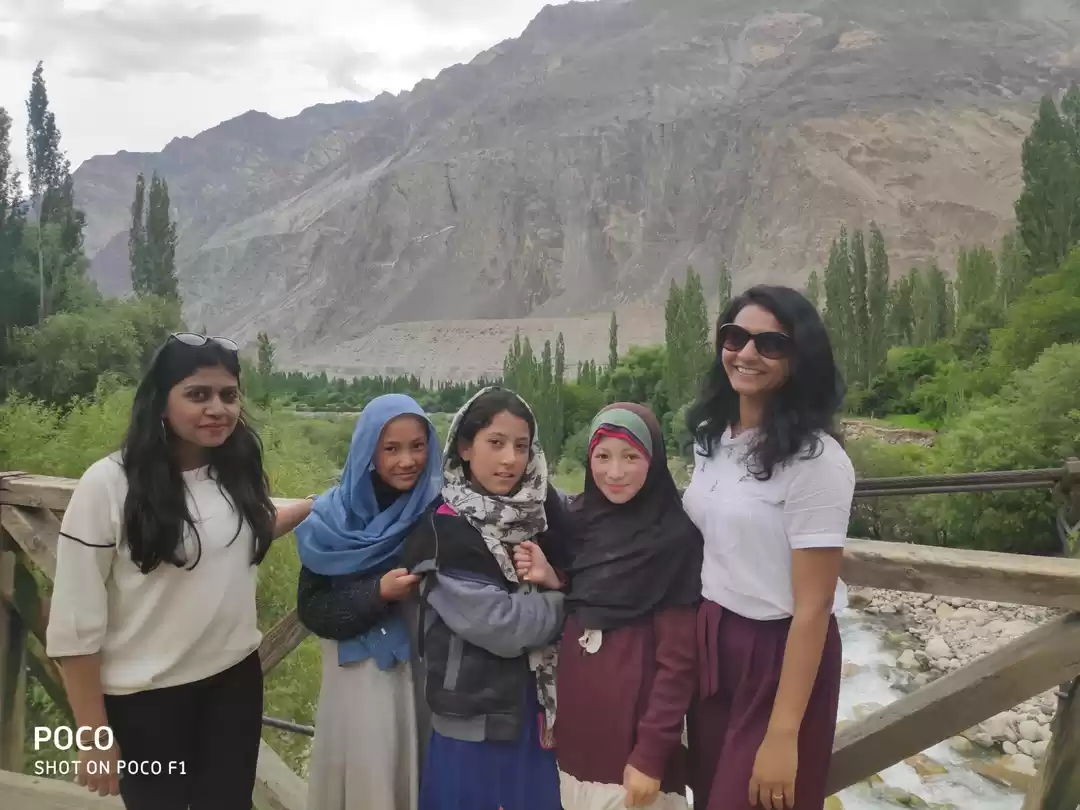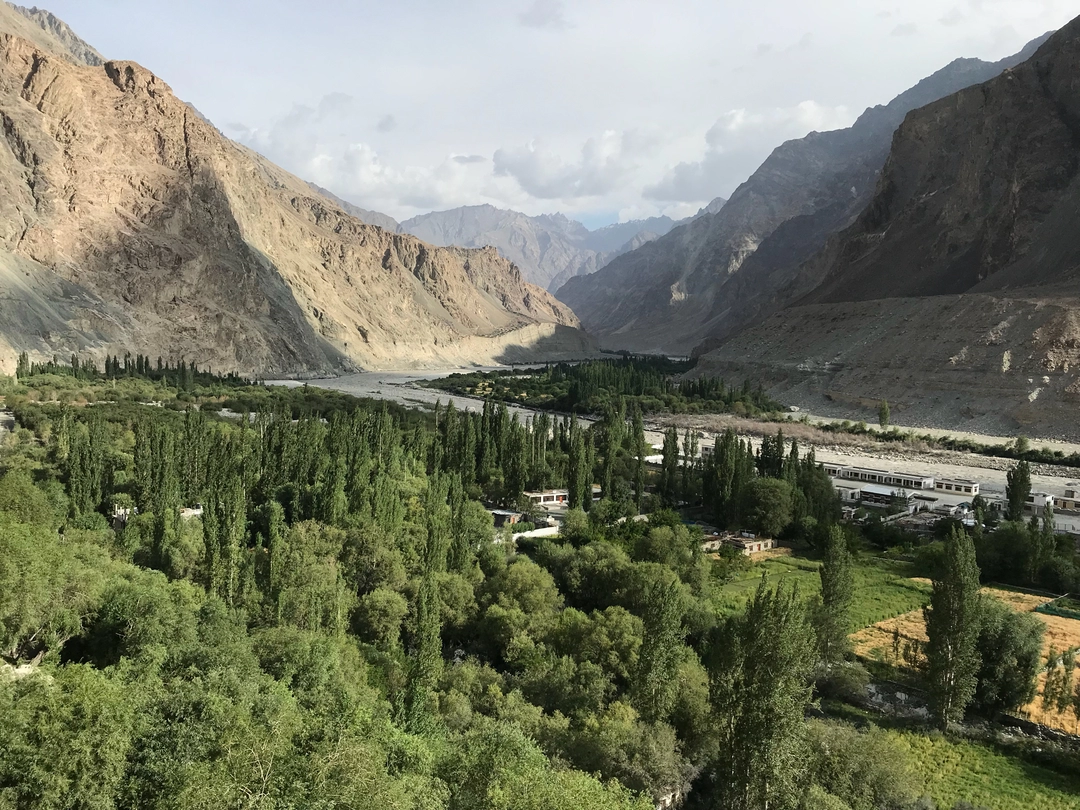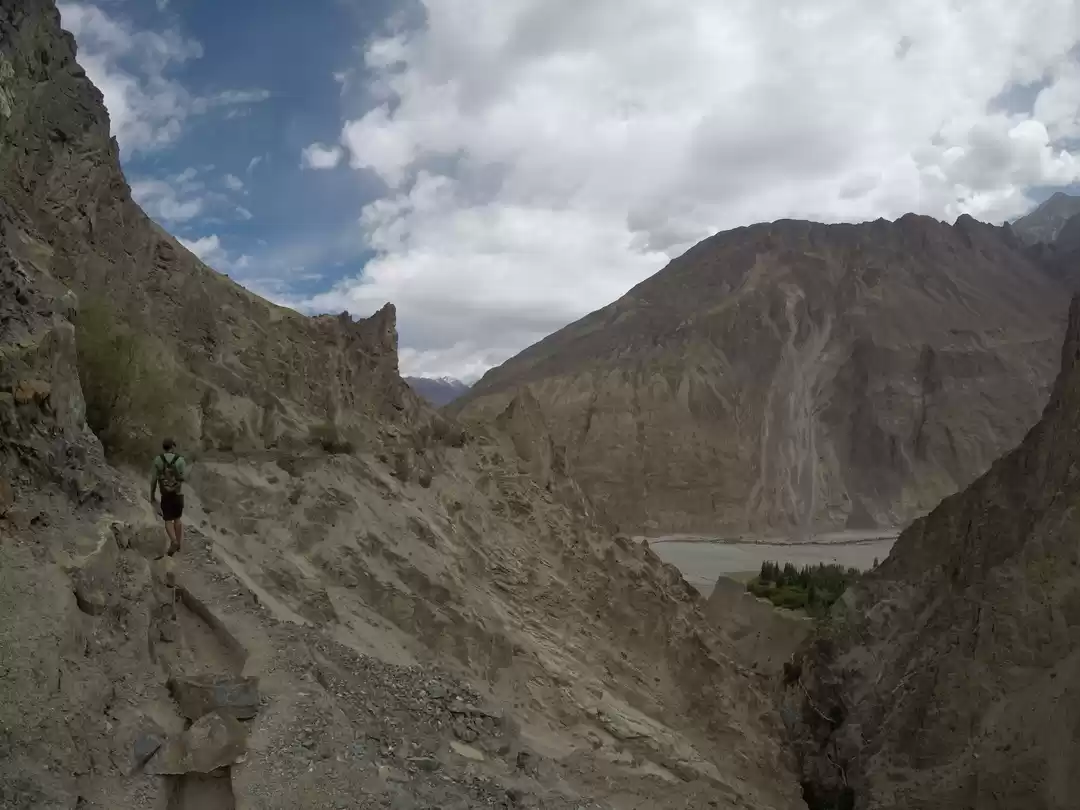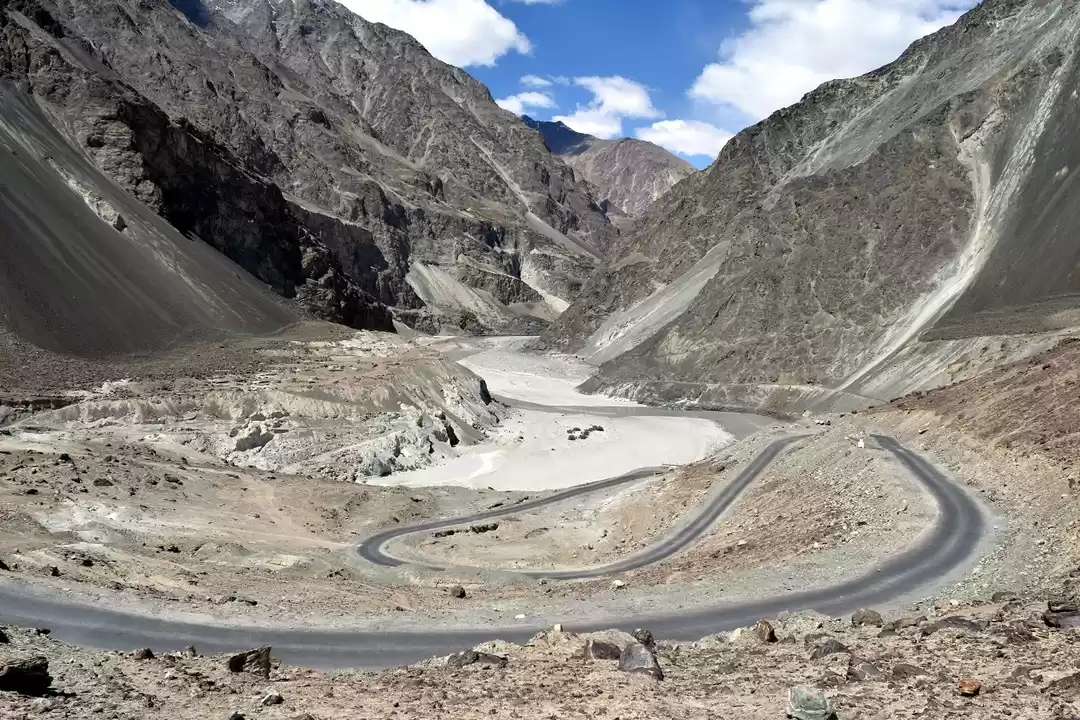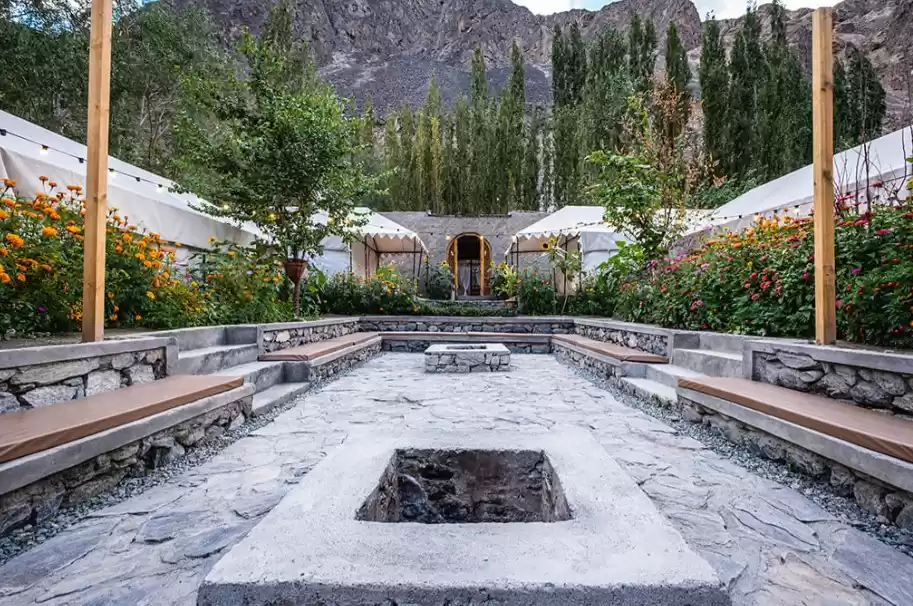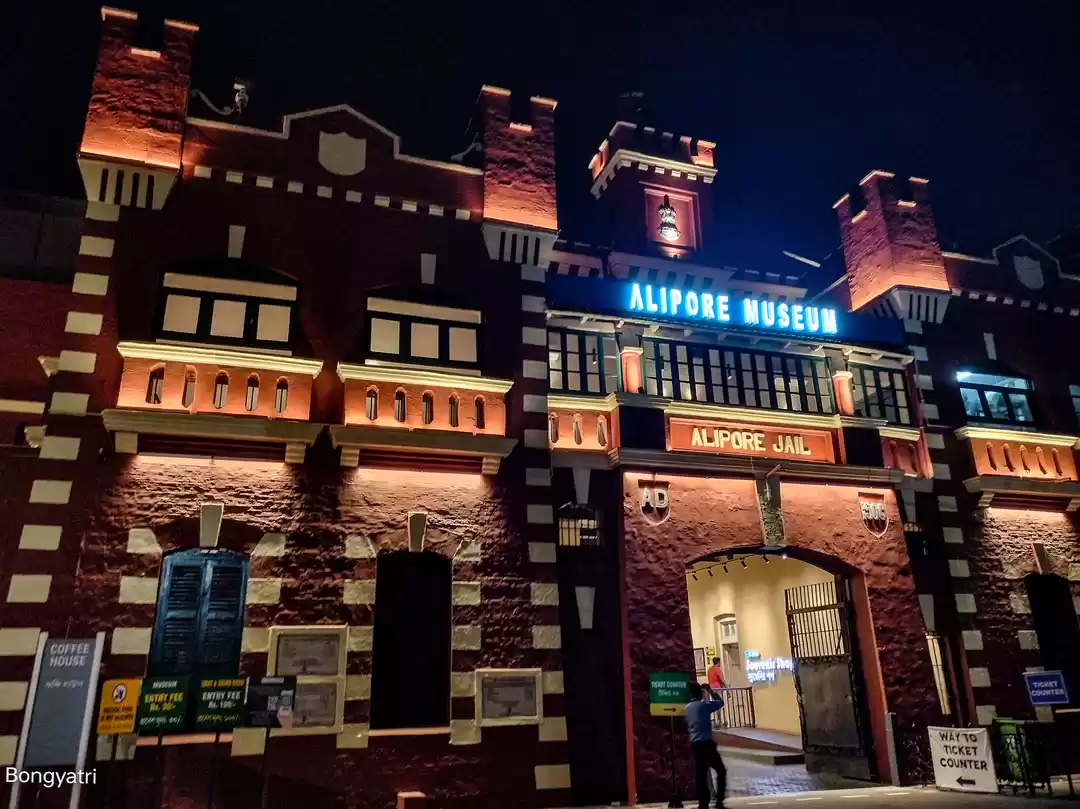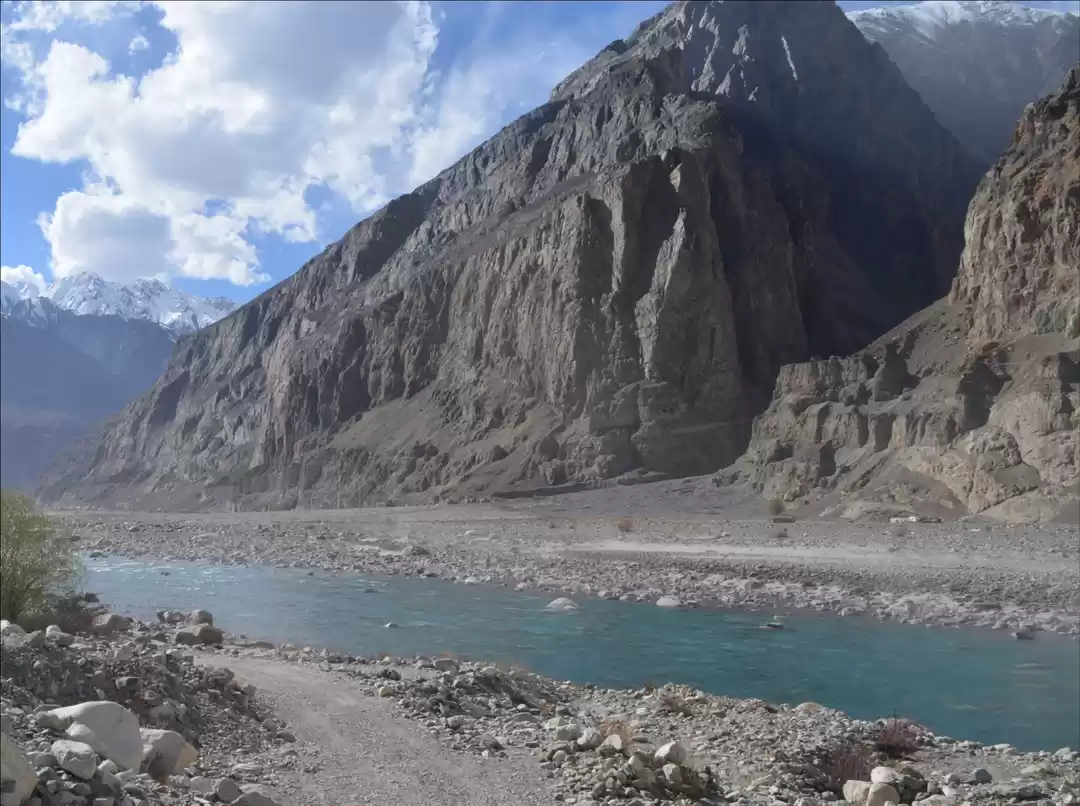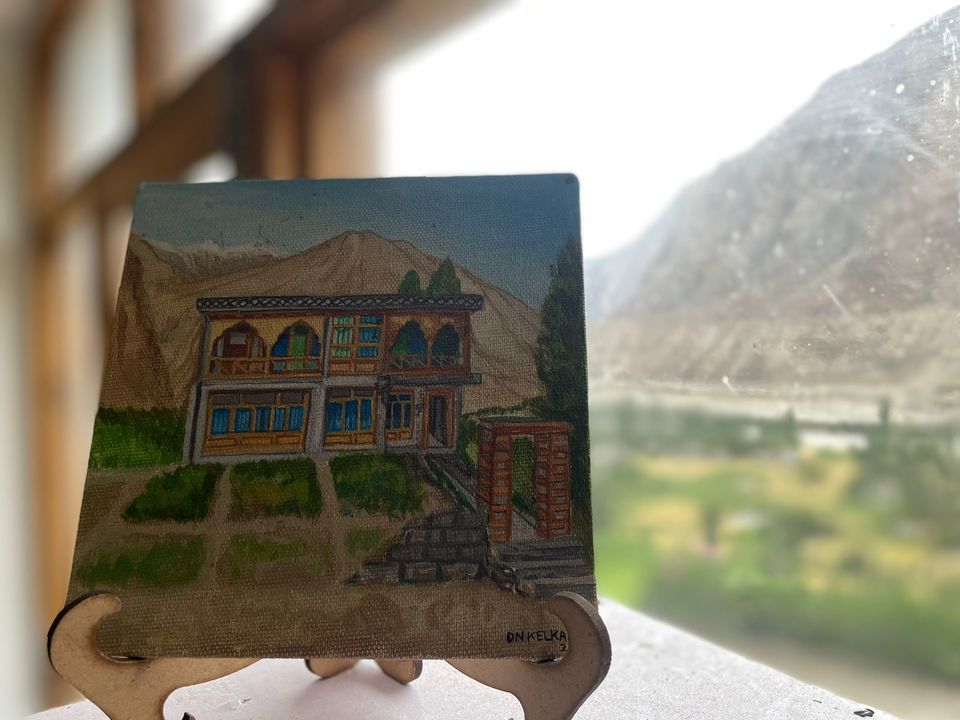
There are places in this world that captivate our hearts and leave an indelible mark on our souls. For me, Turtuk village is one such place. Nestled in the picturesque region, this village is not just known for its breathtaking beauty but also for its incredible people who embody a profound love for their country. Turtuk stands as a testament to the unwavering spirit of its residents, whose first priority is to serve in the Indian army.
With a population of approximately 2,500 to 3,000, Turtuk Village has a remarkable number of 70 to 80 residents actively serving in the Indian army. Their dedication and patriotism are evident in every aspect of their lives. You can easily spot an Indian flag adorning every house, symbolizing their unwavering devotion to their nation.
What sets Turtuk apart is its commitment to vote for the country's development, rather than being influenced by representative castes. Here, the people understand the power of their votes and prioritize the progress and welfare of their nation above all else.
In addition to its patriotic spirit, Turtuk Village boasts a literacy rate of 75 percent, highlighting the residents' thirst for knowledge and education. This dedication to learning has helped shape a community that is not only patriotic but also enlightened and forward-thinking.
Delving into the village's rich history, Turtuk was previously part of Pakistan until 1971, when the Indian army occupied the village during a border war along the Line of Control. Today, the inhabitants of Turtuk predominantly speak the Balti language and identify as Balti Muslims. Their unique cultural heritage is reflected in their daily lives and traditions.
Turtuk is also renowned for its bountiful fruit orchards, with apricots being a specialty. During your visit, I highly recommend trying freshly squeezed apricot juice and eating ripe mulberries straight from the trees. The flavors are simply divine and offer a true taste of nature's bounty.
Among the many attractions in Turtuk, two places particularly captured my attention. The first is an ancient mosque, intriguingly adorned with a swastika symbol, showcasing the region's rich historical and cultural diversity. The second is the Turtuk Monastery, lovingly maintained by the Balti Muslims. This sacred place exudes a sense of tranquility and offers a glimpse into the village's spiritual roots.
During our stay, we also had the opportunity to visit the Yagbo Palace and Museum, a fascinating establishment run by the Women Welfare Society of Turtuk. This museum served as a gateway to understanding Turtuk's vibrant history. It enlightened us about the reign of various rulers, starting from Parisians followed by the Tibetans, and finally, the Islamic rule. Notably, Sultan Manghal stood out as a formidable leader in Turtuk's past.
One intriguing story shared by the museum's hosts was about the Pakistani occupation of the palace for five years. When they departed, they took with them the precious gems that once adorned the museum's gates. This incident, along with other artifacts in the museum, shed light on the unique customs and culture of the Balti people. For instance, the small gates of each room were designed to retain warmth during harsh winters, and their traditional clothing showcased their distinctive style.
Exploring further, we stumbled upon a natural freezing point, where the temperature remains constant throughout the year. The Balti people utilize these freezing points to preserve fruits, vegetables, and dairy products, demonstrating their resourcefulness and adaptability.
Our stay in Turtuk was made even more memorable by the enchanting Stone Palace. This architectural marvel provided a serene haven, where we could admire the panoramic view of the Karakoram Ranges and catch a glimpse of the mighty Mount K2. The gracious host of the palace generously shared stories and insights about Turtuk's precious heritage, leaving us with a deep appreciation for the village's historical significance.
During my two-day sojourn, I couldn't resist visiting the nearby Balti Museum, where I immersed myself in the rich tapestry of Balti culture. Additionally, I couldn't pass up the opportunity to sample mulberry and apricot juice, a true delight for my taste buds. Before bidding farewell to Turtuk, I made sure to purchase some apricot oil, renowned for its therapeutic properties, as a special gift for my mother.
Another intriguing aspect of Turtuk's location is its proximity to Thang, India's last village, located just a few kilometers away. From Thang, one can witness the poignant tale of separation, as the neighboring Pharnu village lies on the Pakistani side of the Line of Control. Once twin villages, Thang and Pharnu shared deep-rooted relationships. However, the events of December 16th and 17th, 1971, forever altered their destiny, dividing families and shattering connections. Today, one can witness the heart-wrenching reality of relatives working in fields within sight but unable to meet due to the LOC's barrier. This poignant story of separation stands as a reminder of the complex realities faced by these border villages.
Turtuk and Thang Village truly stole my heart with its natural beauty, patriotic spirit, and captivating history. It stands as a testament to the remarkable resilience and unwavering love its residents have for their country. A visit to Turtuk is an experience that will leave an indelible mark on your soul, and I encourage everyone to explore this hidden gem for themselves.
